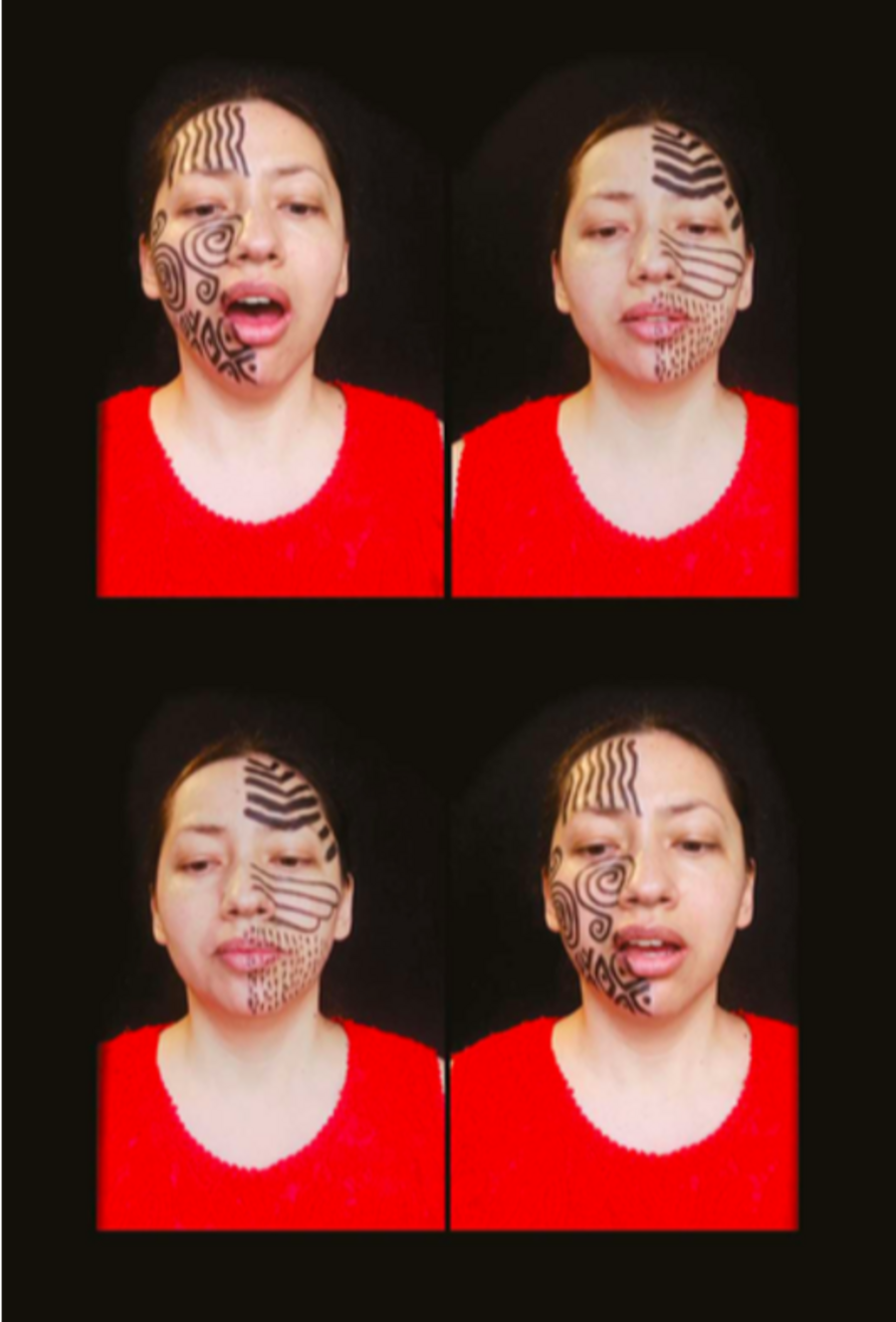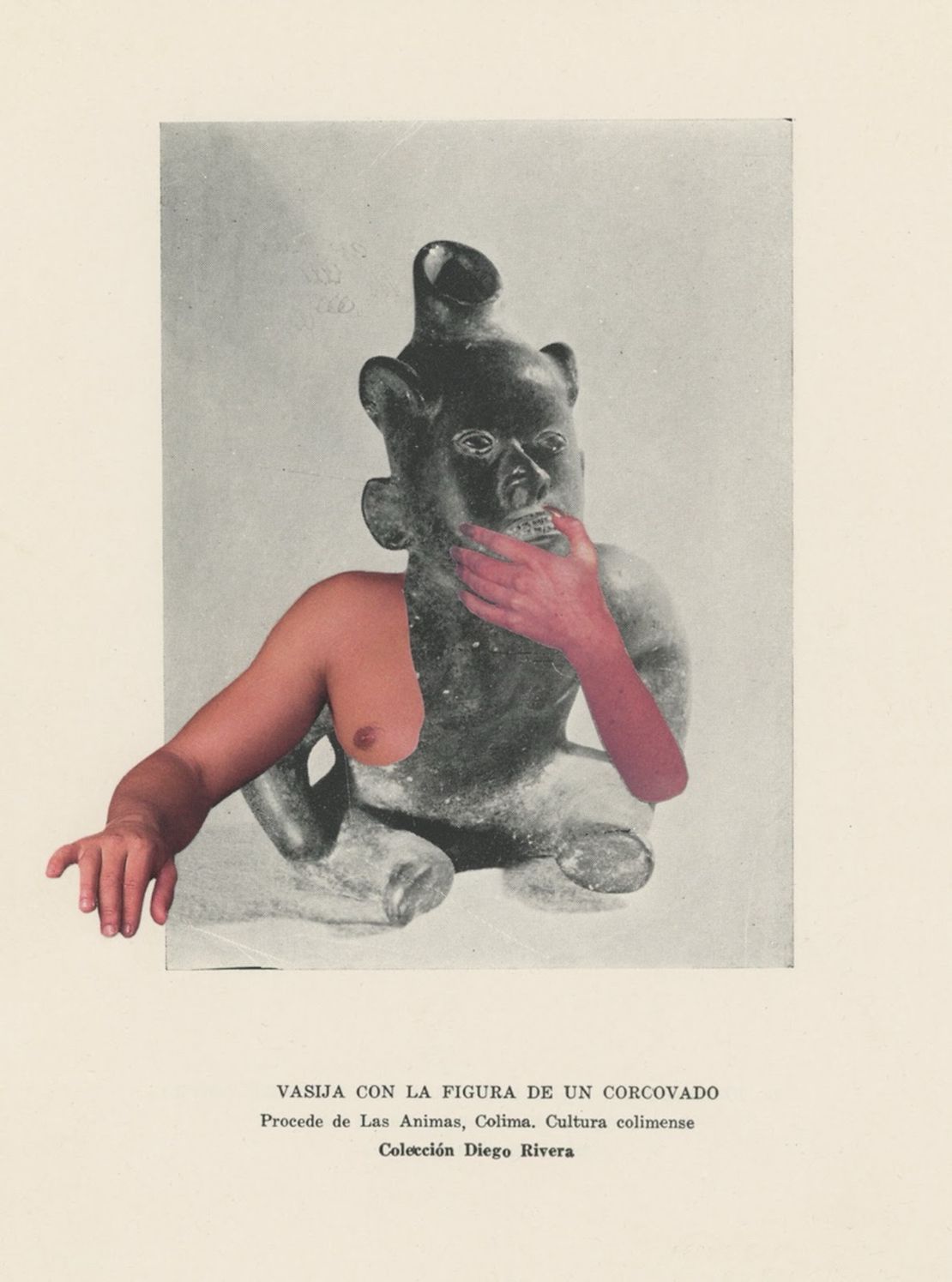Abstract
Saskia Calderón’s performances recognize indigenous languages as carriers of unique knowledge, traditions, values, and cultural expressions that have been transmitted across generations. These languages represent a living and dynamic heritage that reflects the diversity and cultural richness of a people.
“Lengua Muerta” is a research project that explores the cultures of the Quitus, Arawacos, Incas, and Chibchas, explicitly focusing on the extinct languages in the Imbabura province area. The performance involves a unique approach: the vowels from the names of these cultures (A, I, O, and U) are converted into musical notes (FA4, DO#5, SOL5, and Re4, respectively). Each vowel is assigned a specific musical note, creating a two-voice melody sung by performers with painted faces representing these cultures.
The primary objective of this work is to delve into the analysis of the languages that predated Spanish colonization. While some of these languages have survived in various mixtures, others have vanished due to conquest and the strong influence of European culture. Through Dead Language, the aim is to emphasize the significance of comprehending the extinct linguistic diversity within a particular locality. It prompts reflection on the causes behind the disappearance of these languages and seeks to construct a collective memory around them. By exploring the rich heritage of these lost languages, Dead Language serves as a call to preserve and appreciate linguistic diversity, reminding us of the complex histories and cultural identities intertwined within the language.

